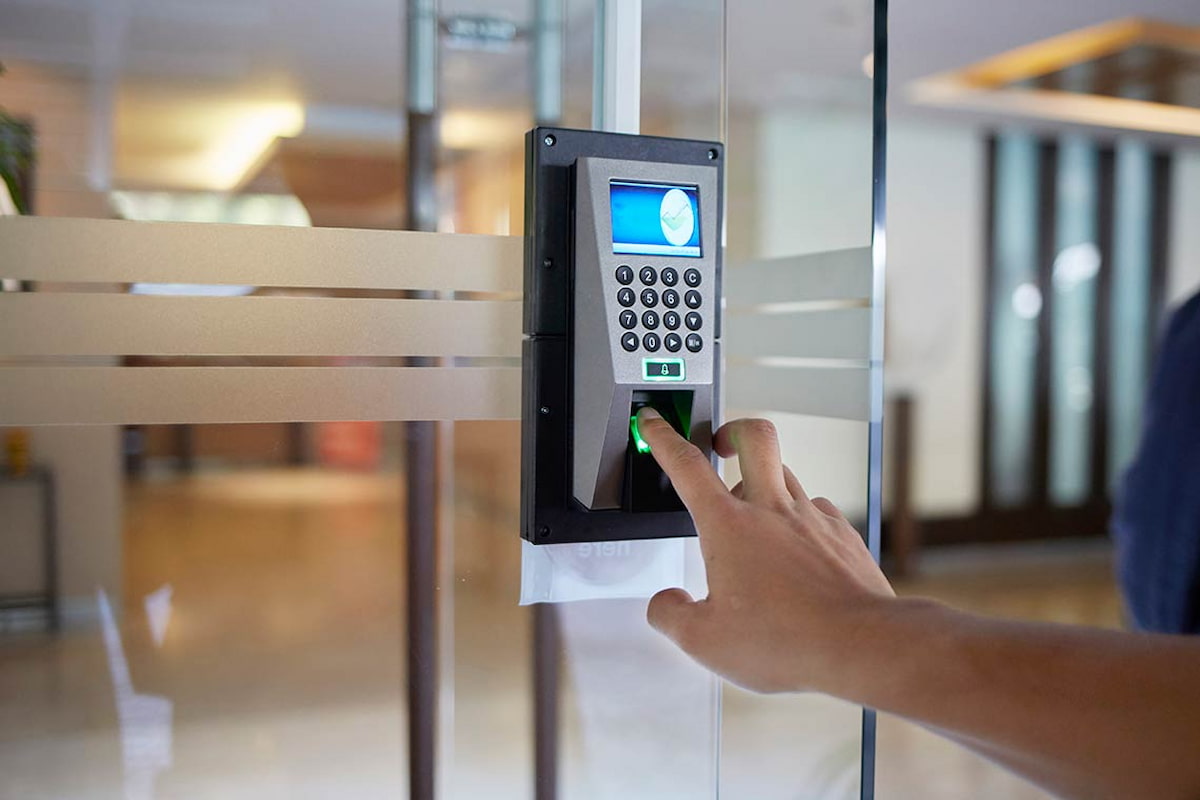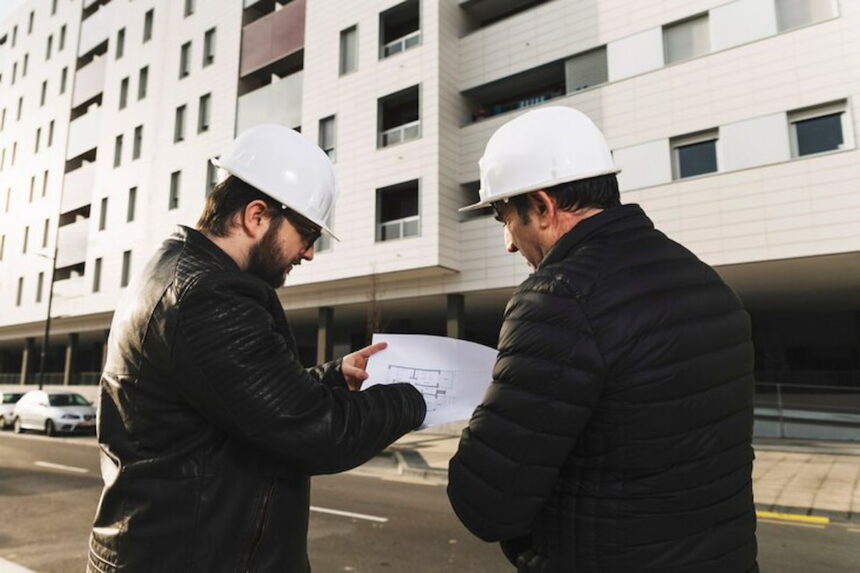The security of your building is one of the most important aspects of running a successful business. A strong security system can protect employees and customers, deter would-be criminals from targeting your business, and help protect against natural disasters such as fires and floods. The most effective way to secure a protecting building is through the use of a comprehensive security analysis.
Risk Assessment
A Breeam Hea 06 Security Assessment is a systematic process to identify, evaluate and prioritise risks. It can be used to identify threats and vulnerabilities, determine the likelihood of them occurring, estimate their impact on your organisation if they do occur and develop a security plan to mitigate those risks.
The first step in conducting a risk assessment is to identify the possible threats that may affect your building or site. This includes:
- Physical threats such as fire or flooding;
- Natural disasters such as earthquakes;
- Man-made disasters include terrorist attacks or industrial accidents (e.g., oil spills).
Monitoring and Alarm Systems
While monitoring and alarm systems cannot prevent a threat from occurring, they can alert you when one does. Monitoring systems can remotely monitor your protecting building allowing you to check in on it even when you are not present. These systems also have the ability to detect fire, smoke and carbon monoxide levels in order to protect your employees from harm; they may also be able to detect intruders entering the building without permission.

Door Security and Entrances
- Door security is a key component in protecting your building. A well-secured door will keep out unwanted intruders, who may be looking for an opportunity to rob or vandalize the property.
- The most important aspect of determining which type of door you should install is whether it meets your needs as well as local codes and regulations. Keep these considerations in mind:
- Type: There are three main types of doors–fire-rated, non-rated (non fire), and service–and they all have different uses. Fire-rated doors are suitable for high-risk situations like hospitals, while non-fire-rated ones are used primarily for offices and other low-risk environments such as schools where there is little chance that there will be any fires breaking out inside the building itself but still some possibility.
Area Lighting
- Lighting should be adequate to light the area.
- Lighting should not be too bright.
- The colour of your lights should not attract attention or act as a warning sign for intruders, such as red or blue. A yellow hue is ideal for this reason (although you can experiment with other colours if you want).
- The colour of the light should also not be harsh on your eyes; it shouldn’t cause discomfort when looking at it directly, because then people might start leaving their blinds open so they don’t have to deal with it anymore!
Physical Access Control (including CCTV)
- Physical Access Control (including CCTV)
- CCTV provides a visual record of events. It can be used to identify people who are not authorized to be in the building, intruders and trespassers, monitor employee activities and visitor access.
Disaster Recovery Planning and Business Continuity Assistance
Disaster recovery planning is a process that helps you prepare for, respond to, and recover from natural or man-made disasters. It includes creating plans for how you’ll respond when your organization experiences an emergency event (such as a fire). Business continuity refers to an organization’s ability to continue operating despite disruptions in its normal course of business operations. If you have both disaster recovery plans and business continuity plans in place, then you’ll be able to recover quickly from any disaster that takes place within your business environment.
In this section we’ll discuss how to plan for disaster recovery and business continuity events so that they don’t negatively impact your company or put its employees at risk during these events:
A Well-Planned Security System Can Provide a Number of Benefits to Your Business
Security is a critical part of running a business. Security systems can help you to reduce the risk of theft, damage and injury, as well as disruption to your business.
A well-planned security system will include:
- A robust alarm system with live monitoring from a reputable company (this includes fire alarms)
- Access control systems that require employees to use access cards or PIN numbers when entering buildings or rooms where sensitive information is stored
- Surveillance cameras at key points where they might catch thieves in action
Conclusion
A well-planned security system can provide a number of benefits to your business. It can help protect your employees, customers, and assets from theft or damage. It can also help keep unwanted visitors out of your building by monitoring access points and controlling entry into restricted areas of the property. Finally, it provides peace of mind by providing 24/7 monitoring services that ensure everything is going smoothly without having to worry about missing something important due to lack of manpower or resources.
